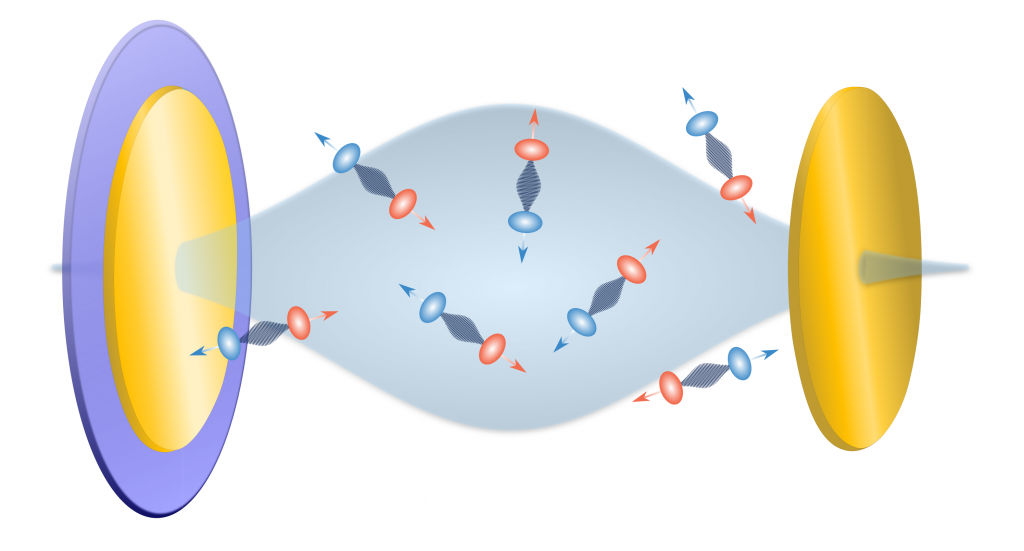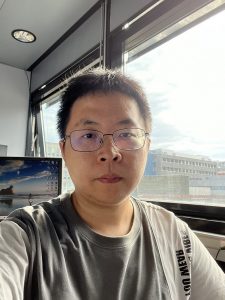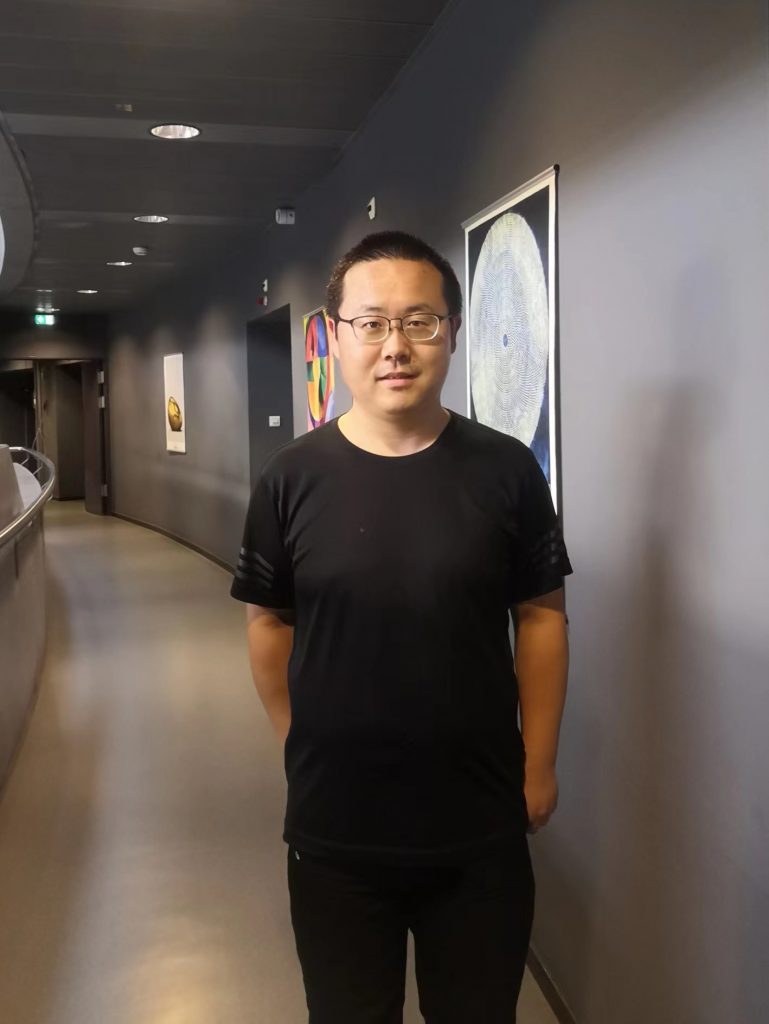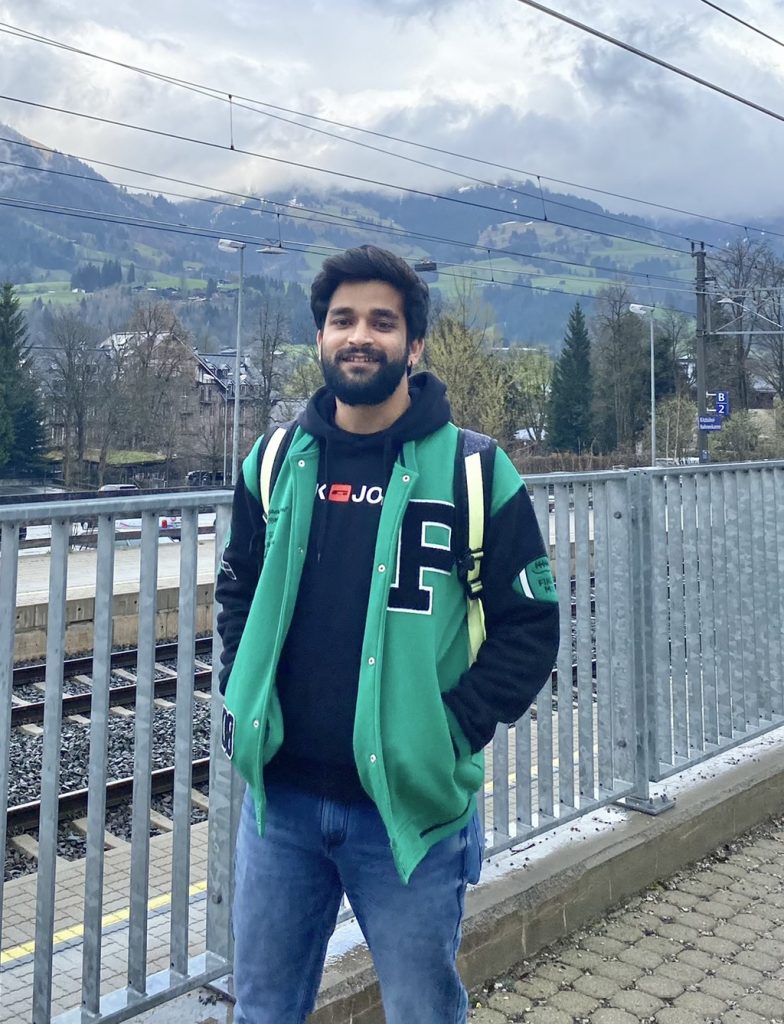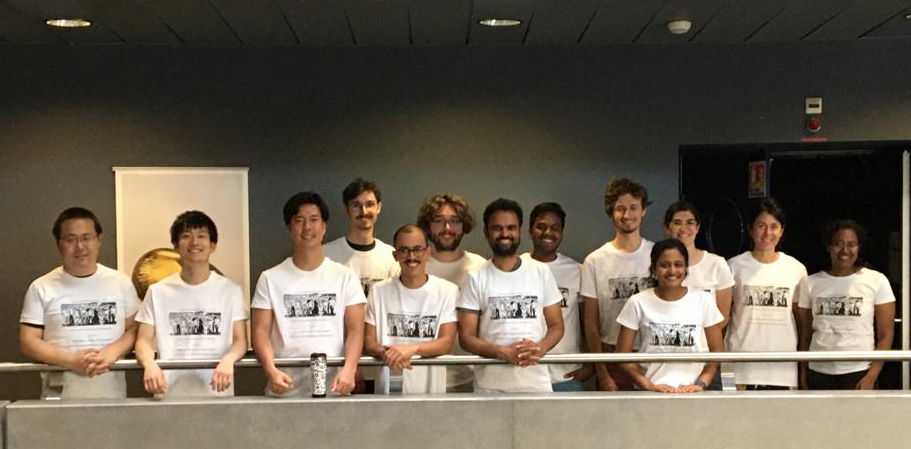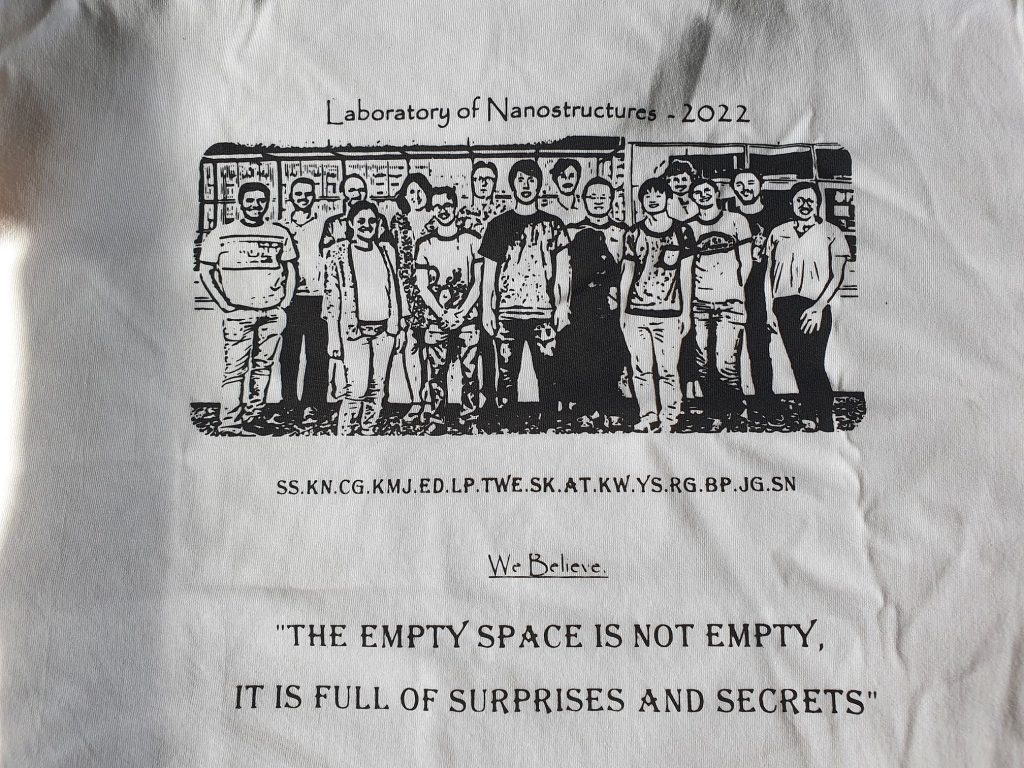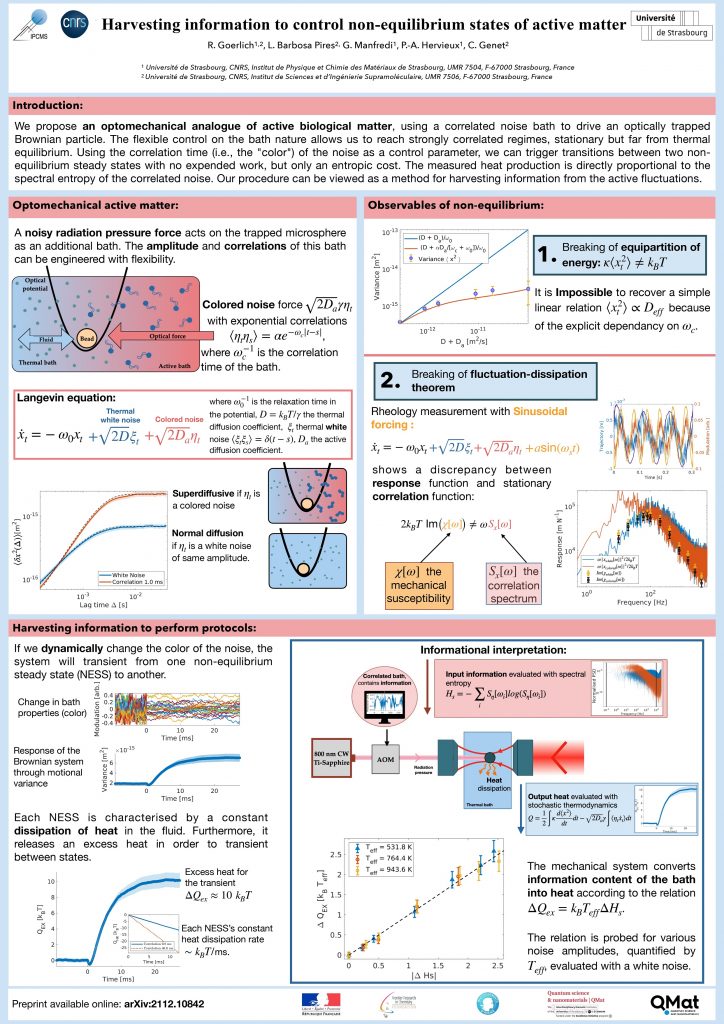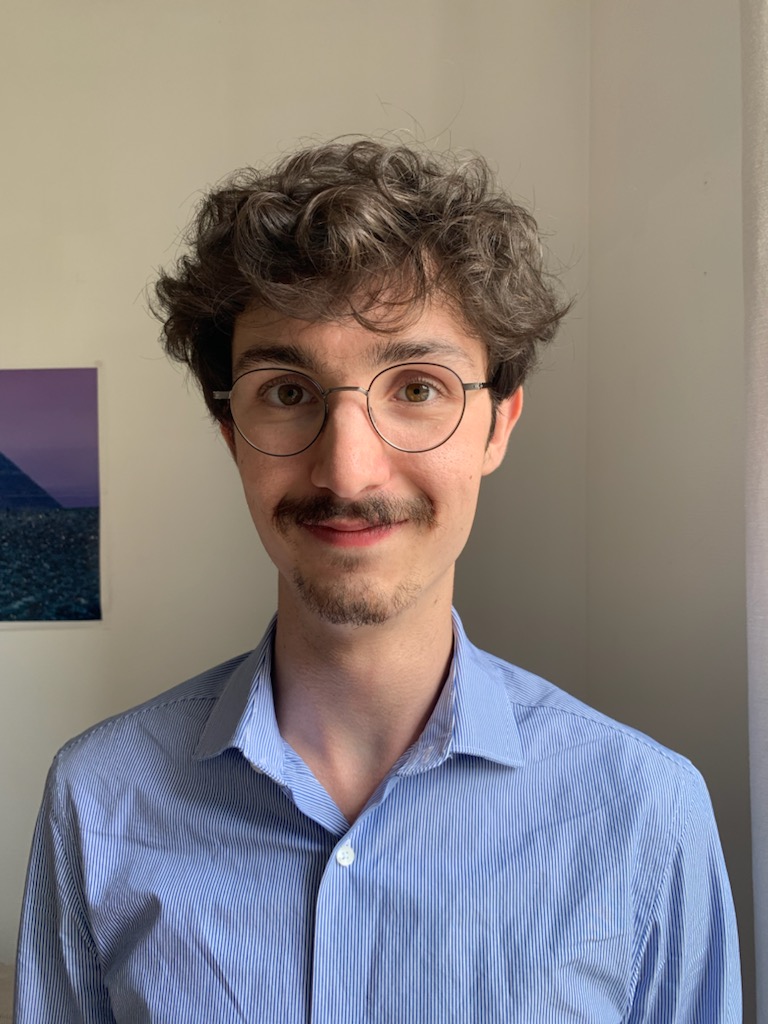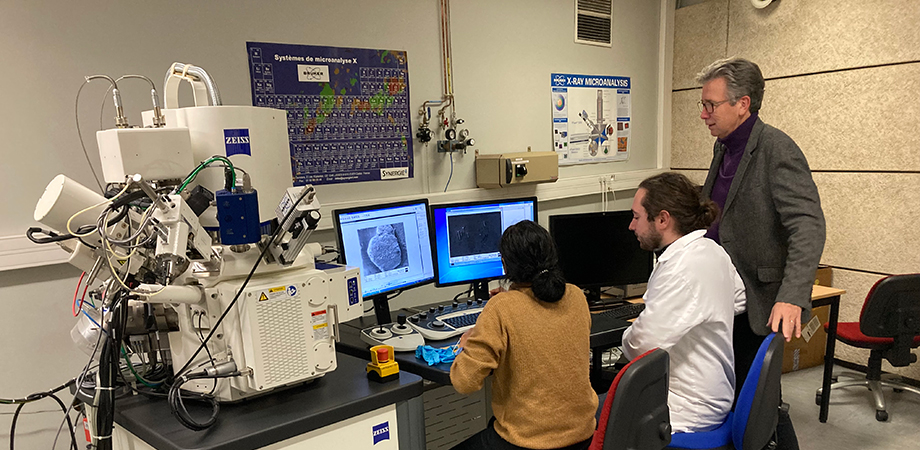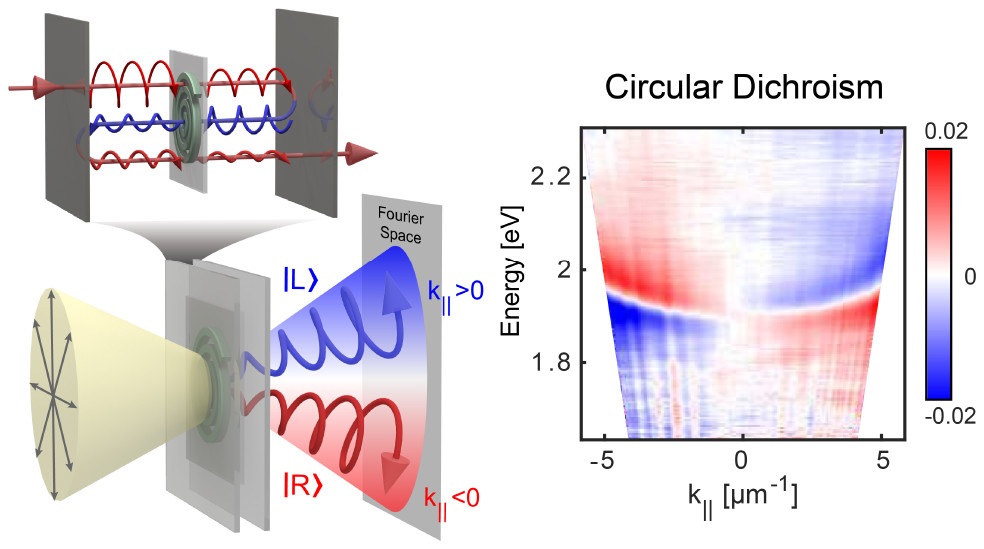Next Thursday, September 22, we organize a (mini) symposium on light-matter coupled materials that will take place at 2pm in the salle de Conférences of ISIS, with the following speakers :
- 2pm, Prof. Joël Bellessa (University of Lyon, France) : “Extended hybridization and energy transfer in multimaterial polaritonic metasurfaces”
- 2.45pm, Prof. Tal Schwartz (University of Tel Aviv, Israel) : “Entangling Electromagnetic Modes by Mutual Coupling with Molecules“
(3.30pm Coffee break)
- 3.45pm, Prof. Abraham Nitzan (University of Pennsylvania, USA): “Molecules in optical cavities: Electron transfer and transmission, Polaritons, vibrational strong coupling and collective response“
- 4.30pm, Dr. Aloyse Degiron (University of Paris Cité, France): “Opportunities for optoelectronics with colloidal nanocrystal assemblies weakly coupled to their environment”
For more details about the talks, you can download the program here.

